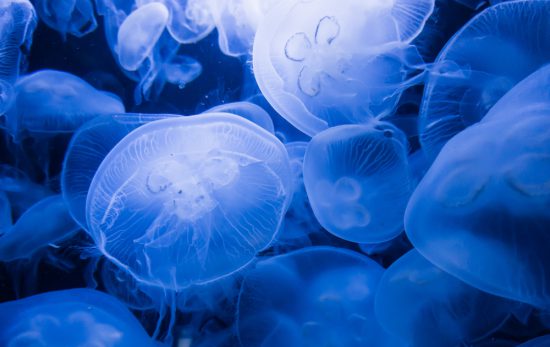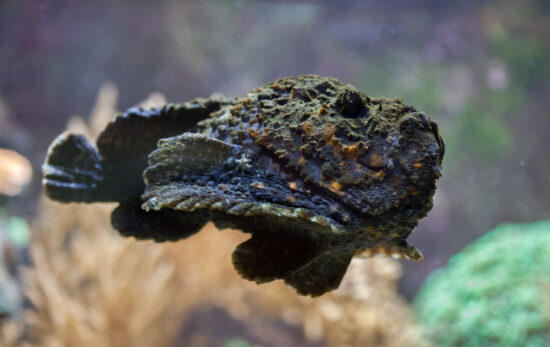Watching an octopus change colors is mesmerizing. Many of us have spent an entire dive hypnotized by the flowing colors of an octopus or one of its sister cephalopods.
Octopuses (not octopi) are sometimes called the chameleons of the sea. But, as you’ll read below, a chameleon’s camouflage game is weak compared to that of the mighty octo. In this article, we’ll cover how an octopus changes color and why…but it may leave you with more questions than answers.
Why Does an Octopus Change Color?
Cephalopods (octopuses, squid and cuttlefish) change their appearance to attract a mate, hide, or send a warning message. The notorious blue-ringed octopus flashes iridescent blue brings to warn potential predators to stay away. It’s nature’s version of a “Don’t Touch” sign.
How do they do it?
Cephalopods have something called chromatophores under their skin. Using a combination of pigment, nerves and muscles, the animal manipulates their chromatophores to change their external appearance. According to Wikipedia, chromatophores change based on “neuronal activation.” Once the animal’s brain gives a signal, the color change literally ripples through the animal’s body.
Chameleons, on the other hand, change color gradually. It can take up to several minutes for their transformation complete. Maybe we ought to call chameleons jungle octopuses, or dirt squids.
They Can Do More Than Just Change Color
Changing color is just one way an octopus can transform its appearance. These clever critters can also modify their skin texture to mimic rocks, sand, coral heads, or other landscape elements by altering the papillae on their skin.
A mimic octopus can impersonate the shape of other sea creatures in addition to changing color. Watch the video below to see how the mimic octopus can look like a flat fish, lion fish and sea snake:
Are Octopuses “Colorblind?”
An octopus uses its eyes to determine what color and pattern to mimic, but they lack some of the receptors in their eyes that humans use to see color. Scientists aren’t sure why, but as you may remember from the Open Water course, an object that is red on the surface may appear brown or black at depth. A team of scientists at the University of California Berkeley believe octopuses and other cephalopods may use focus (rather than cones) to determine color rather than seeing the color as humans do.
Further Reading:
Fun Facts About the Octopus
Curious About Cuttlefish?
Squid Facts for Scuba Divers



